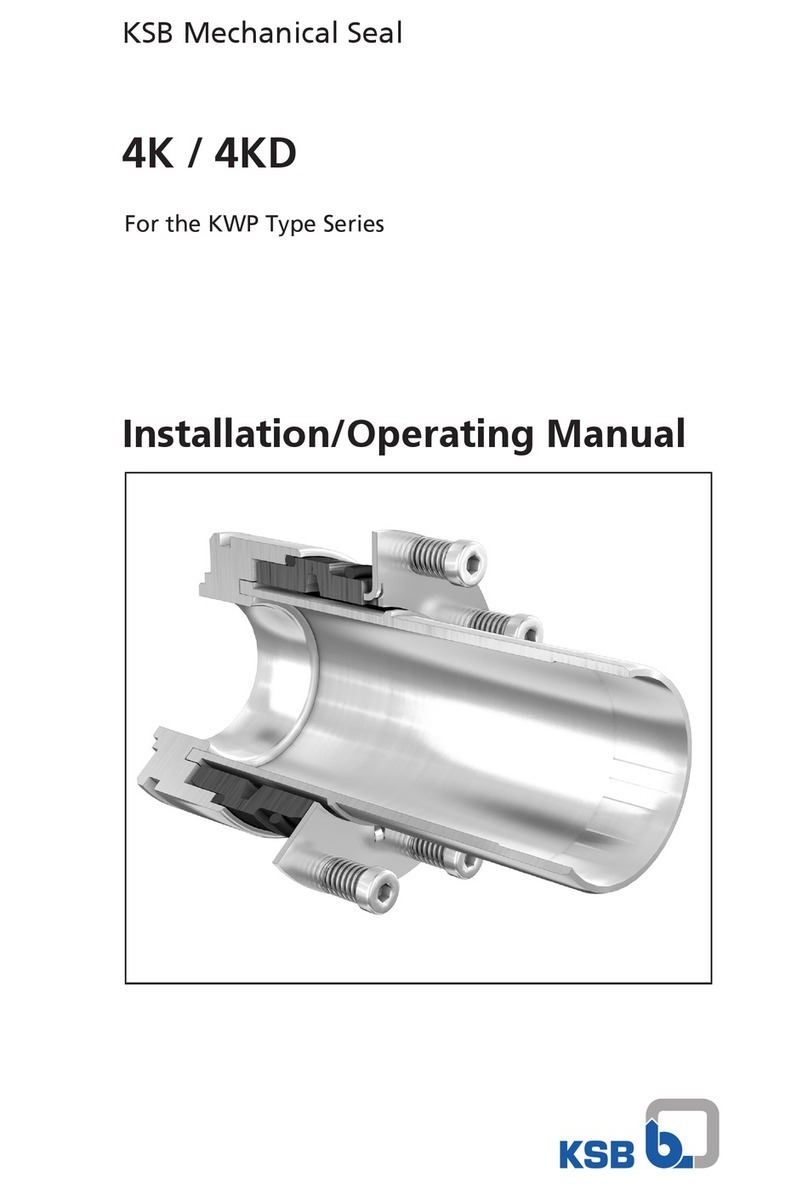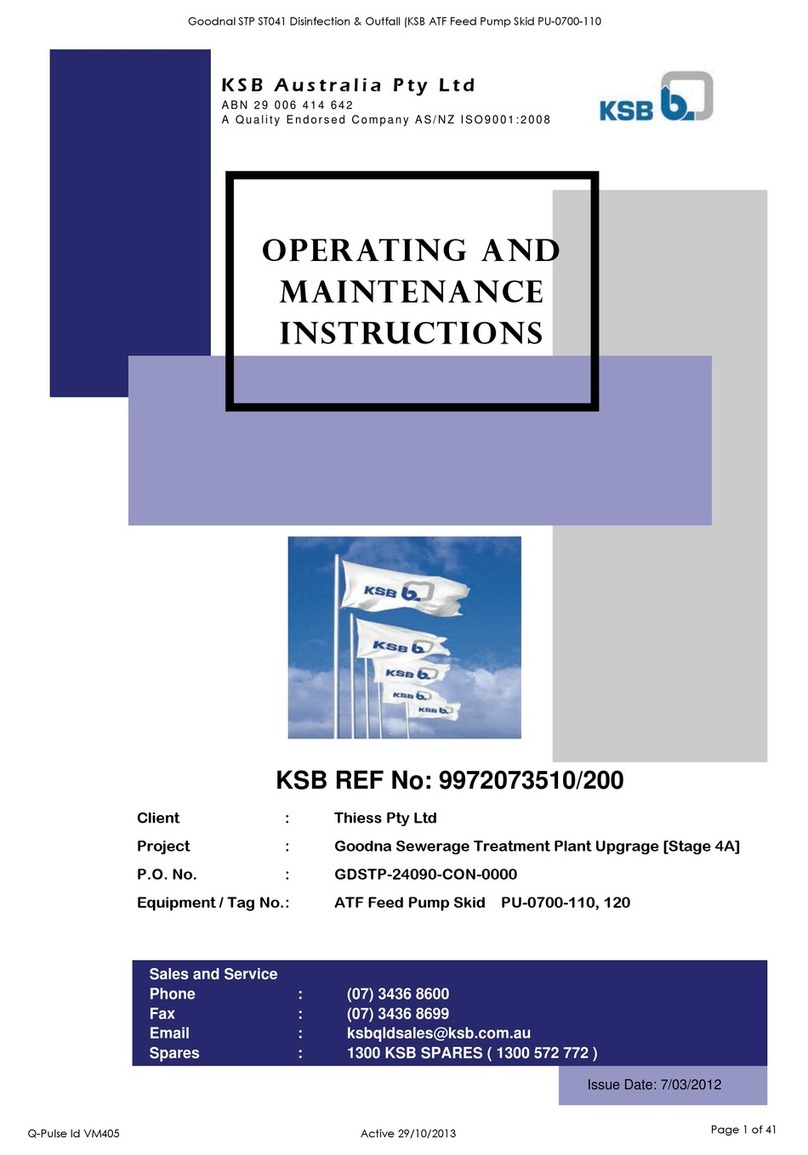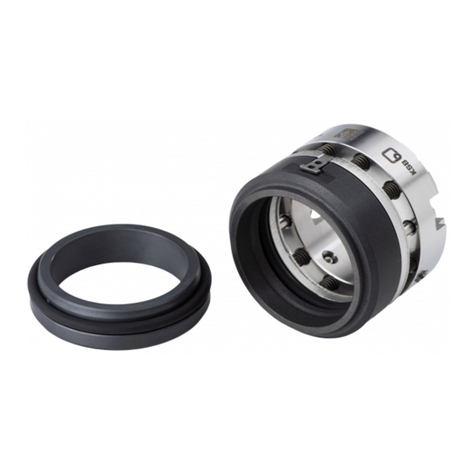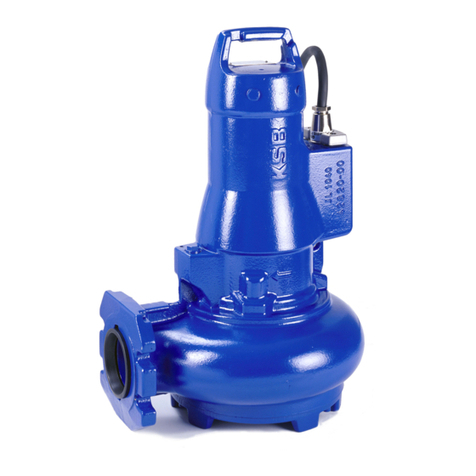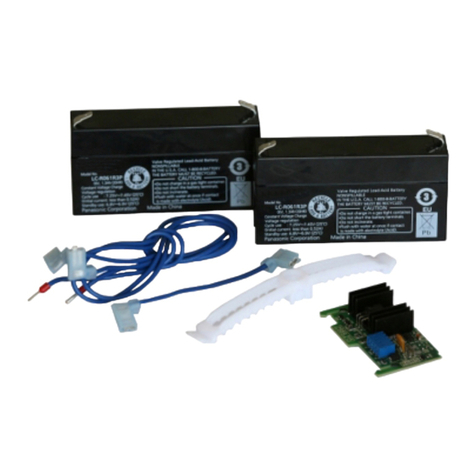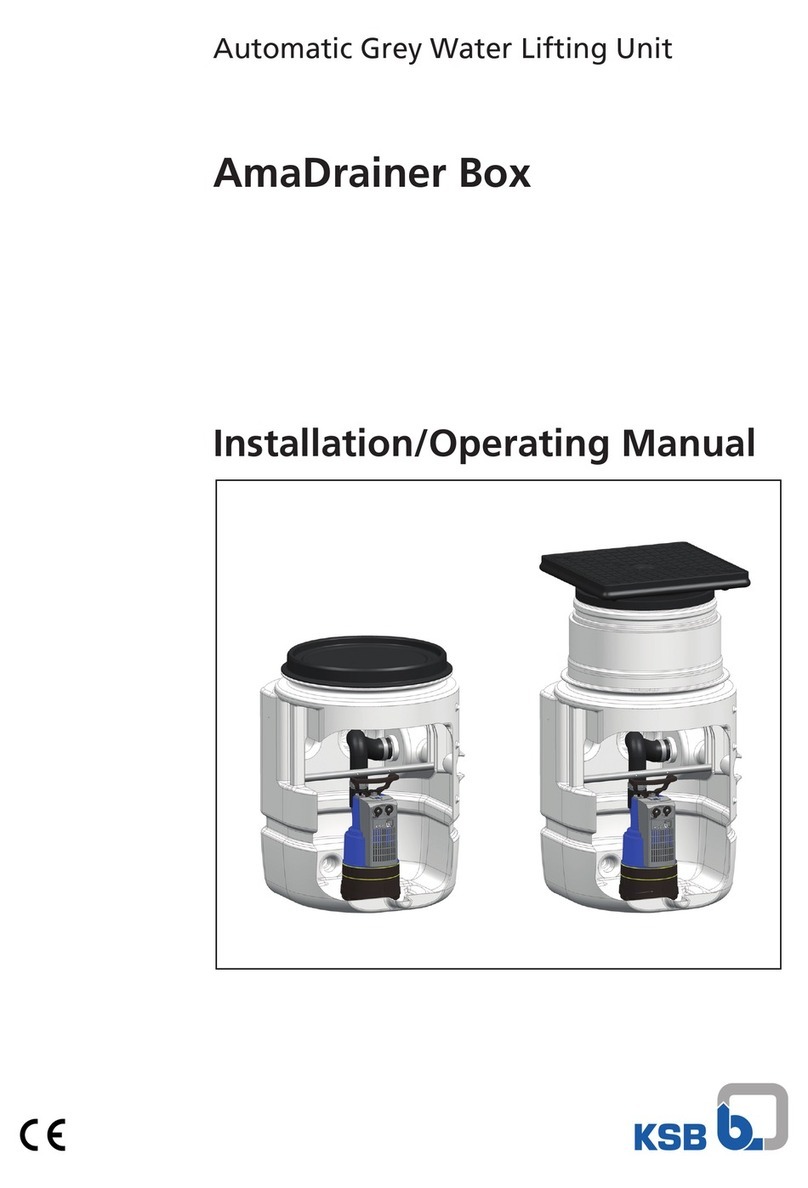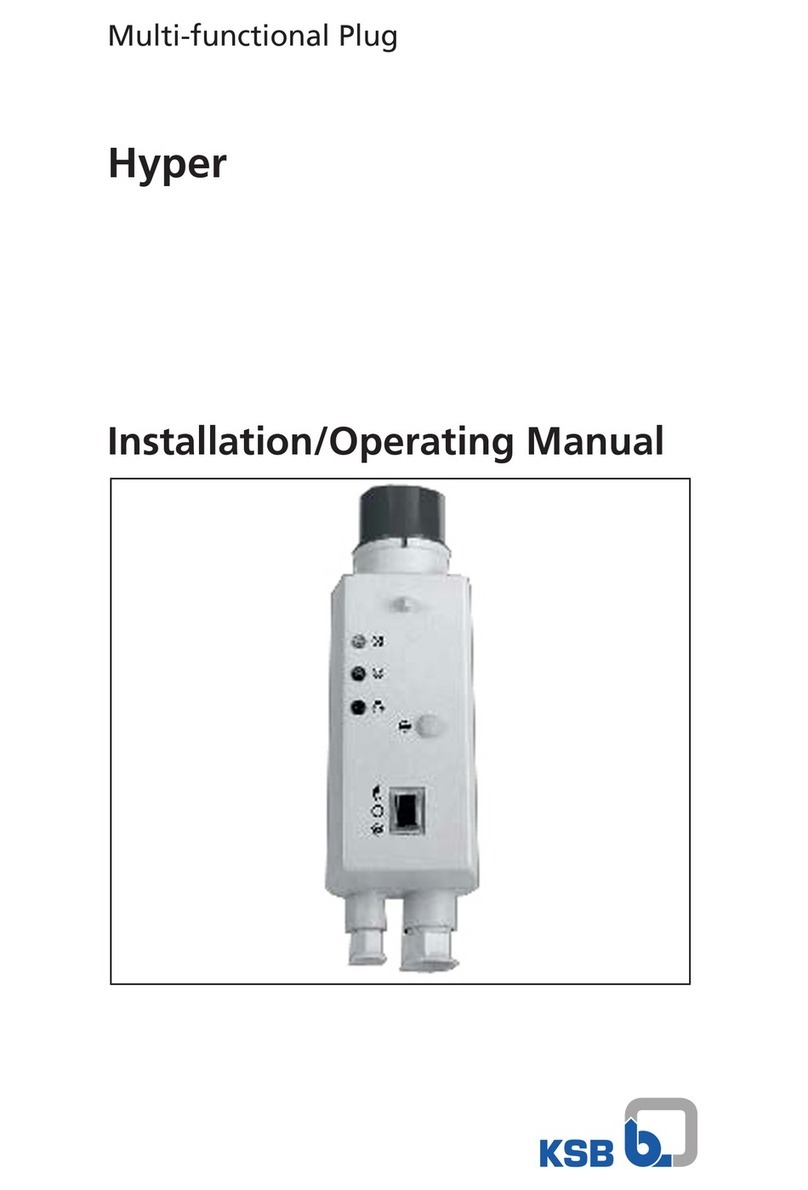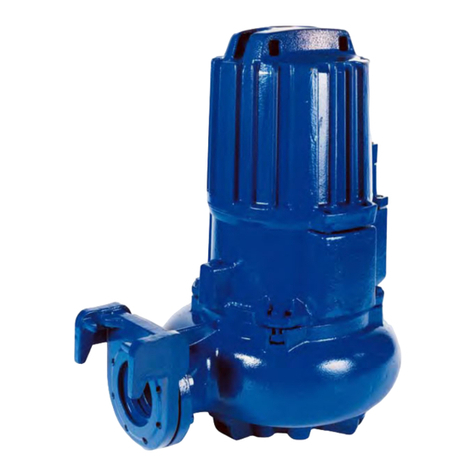
MDX [en-US]
3
Contents
Section Page Section Page
1General 5
2Safety 6
2.1Safety Markings 6
2.2Personnel Qualification and Training 6
2.3Non-compliance with Safety Instructions 7
2.4Safety Awareness 7
2.5Safety Instructions for Operators 7
2.6Safety Instructions for Maintenance, Inspection &
Installation 7
2.7Unauthorized Modification and Manufacture of Spare Parts 7
2.8Unauthorized Modes of Operation 7
2.9Assembly & Disassembly Safety 7
3Transport and Storage 9
3.1Transport & Handling Safety 9
3.2Storage Requirements 9
3.2.1Storage of New Pumps - Pumps under Warranty 9
3.2.2Pump Storage 9
3.2.3Pump Parts Storage 11
3.2.4Removal from Storage 12
3.3Recommended Lifting 13
4Description 14
4.1Technical Specification 14
4.2Designation 14
4.3Design Features 14
4.4Noise Characteristics 14
4.5Accessories 15
4.6Dimensions and Weights 15
4.7Forces and Moments at Nozzles 16
5Installation at Site 17
5.1Safety Regulations 17
5.2Foundation 17
5.3Installing the Baseplate and Pump 17
5.3.1Aligning the Pump / Drive Train for Horizontal Pump
Application 17
5.3.2Place of Installation 18
5.4Connecting the Piping 19
5.4.1Auxiliary Connections 19
5.5Safety Guards 19
5.6Oil Temperature Monitoring 19
5.7Final Check 19
5.8Connection to Power Supply 19
6Commissioning / Operation 20
6.1Commissioning / Return to Service 20
6.1.1Bearing Lubrication 20
6.1.2Shaft Seal Commissioning 21
6.1.3Checking the Direction of Rotation 21
6.1.4Cleaning the Plant Piping 22
6.1.5Suction Strainer 22
6.2Start-up 22
6.2.1Priming the Pump 22
6.3Shutdown 23
6.3.1Measures to be taken for Prolonged Shutdown 23
6.4Operating Limits 23
6.4.1Temperature Limits 23
6.4.2Switching Frequency 23
6.4.3Density of the Medium Handled 24
6.5Underwater Pump Operation 24
7Maintenance 25
7.1Supervision of Operation 25
7.2Drainage / Disposal 25
7.3Lubrication and Lubricant Change 25
7.3.1Underwater Operation 25
7.4Procedures for Maximum Parts Life 26
7.5Operational Problems and Solutions 26
8Mechanical End 28
8.1Mechanical End Overview 28
8.2Mechanical End Disassembly 28
8.3Mechanical End Assembly 29
8.3.1Mounting the Bearings 29
8.3.2Closing the Housing 30
8.3.3Installing End Covers and Seals 31
8.4Bearing Assembly Mounting 31
9Shaft Seal 34
9.1Mechanical Seal 34
9.1.1Mechanical Seal Assembly and Disassembly 34
9.2Stuffing Box 34
9.2.1Stuffing Box Packing 35
9.2.2Stuffing Box Assembly 35
9.2.3Stuffing Box Maintenance 35
10Wet End 37
10.1Wet End Overview 37
10.2Wet End Disassembly 37
10.2.1Adjustable Suction Liner Removal 37
10.2.2Impeller Removal with Release Ring Assemblies 38
10.2.3Impeller Removal with Optional Release Ring Tool 38
10.2.4Impeller Break-Loose Device 40
10.2.5Impeller Removal with Impeller Lifting Device 40
10.2.6Casing Removal 40
10.3Wet End Assembly 40
10.3.1Mounting the Shaft Sleeve 41
10.3.2Hub Plate (if applicable) 42
10.3.3Mounting the Casing 42
10.3.4Impeller Installation 43
10.3.5Mounting the Suction Plate / Liner 43
10.3.6Snap Ring Gasket 45
10.3.7Suction Liner Adjustment 46
10.4Setting the Nose Gap 47
11Tooling 49
11.1Torque Requirements 49
11.2Spare Parts Stock 50
12Troubleshooting 51
14Notes 53
